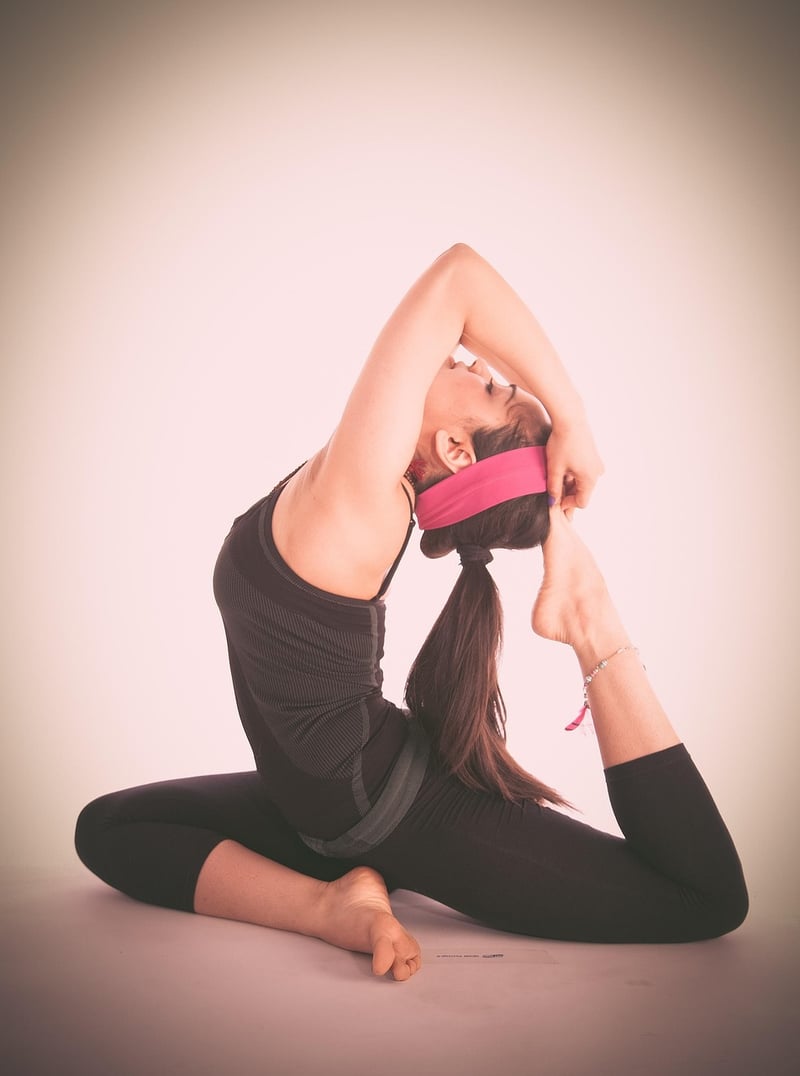Restorative Practice
Yoga Practices for Mindfulness and Restorative Practice
Yoga is not just about physical exercise; it is also a powerful tool for cultivating mindfulness and promoting restorative practices. By combining specific yoga poses, breathing techniques, and meditation, individuals can enhance their mental well-being and find inner peace.
The Benefits of Mindfulness in Yoga:
- Improved focus and concentration
- Reduced stress and anxiety levels
- Enhanced self-awareness
- Promotion of emotional regulation
Yoga Poses for Mindfulness:
1. Mountain Pose (Tadasana): Stand tall with feet grounded, focusing on your breath and body alignment.
2. Tree Pose (Vrikshasana): Balancing on one leg, concentrate on a fixed point to improve concentration.
3. Child's Pose (Balasana): A resting pose that encourages introspection and relaxation.
Restorative Yoga Practice:
Restorative yoga focuses on relaxation and rejuvenation, using props to support the body in gentle poses that promote deep rest.
Benefits of Restorative Yoga:
- Stress reduction
- Improved sleep quality
- Enhanced flexibility
- Relaxation of the nervous system
Restorative Yoga Poses:
1. Supported Child's Pose: Using bolsters or blankets for support, sink into a calming forward fold.
2. Legs Up the Wall (Viparita Karani): Lie on your back with legs up a wall, promoting circulation and relaxation.
3. Corpse Pose (Savasana): Complete relaxation pose, allowing the body and mind to unwind fully.
By incorporating these mindfulness and restorative yoga practices into your routine, you can experience a profound sense of calm, improved mental clarity, and overall well-being. Remember to listen to your body, breathe deeply, and let go of any tension or stress during your practice.

Take the time to connect with yourself through yoga, and discover the transformative power it can have on your mind, body, and spirit.
